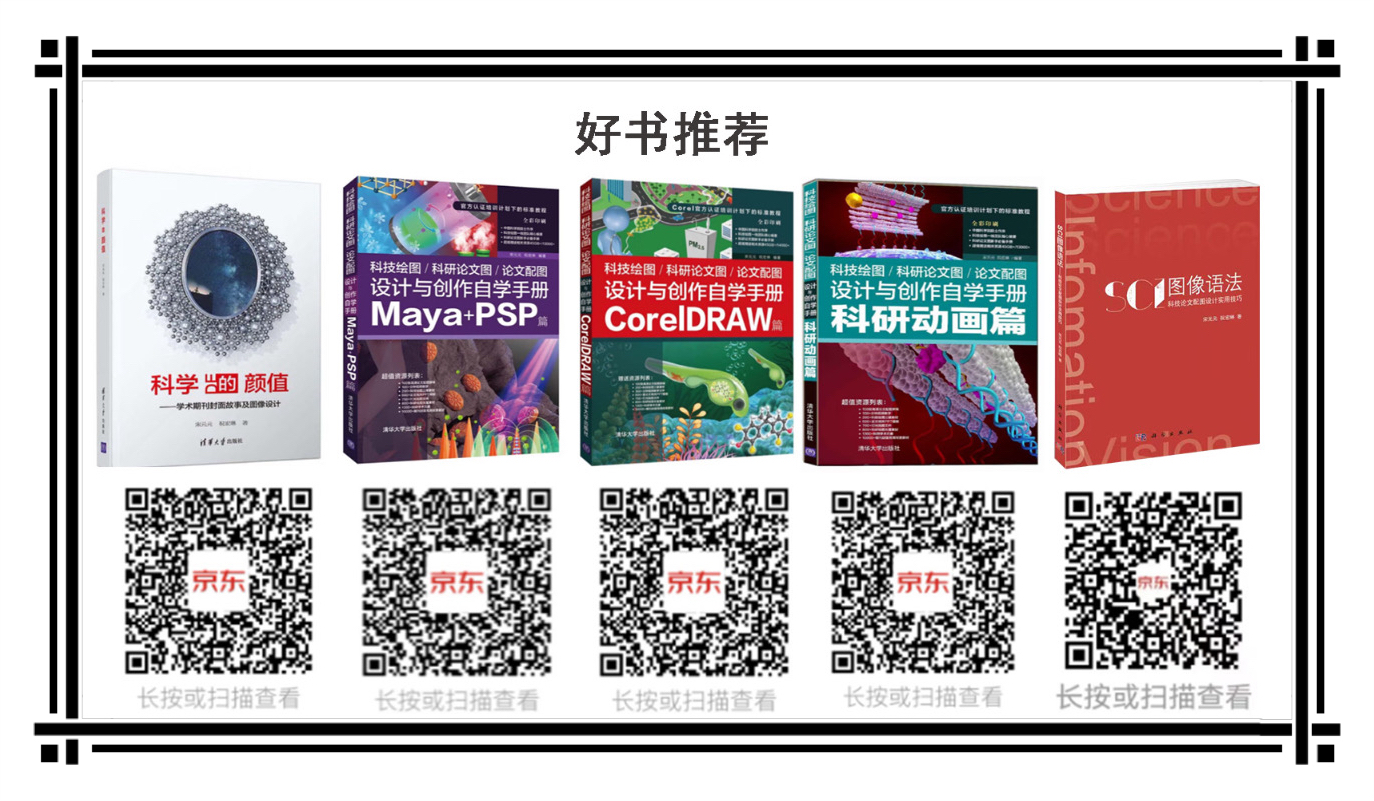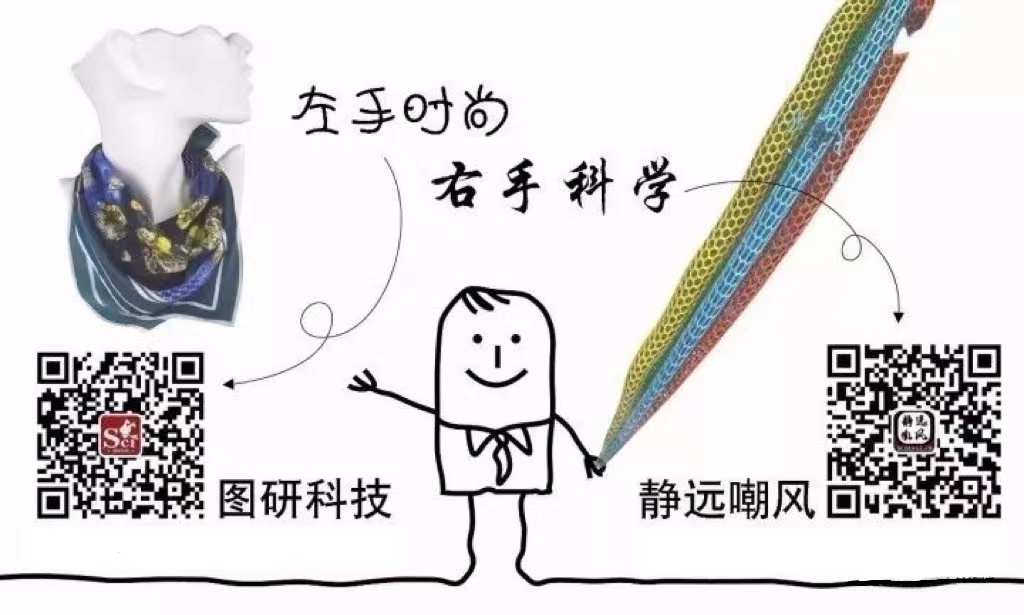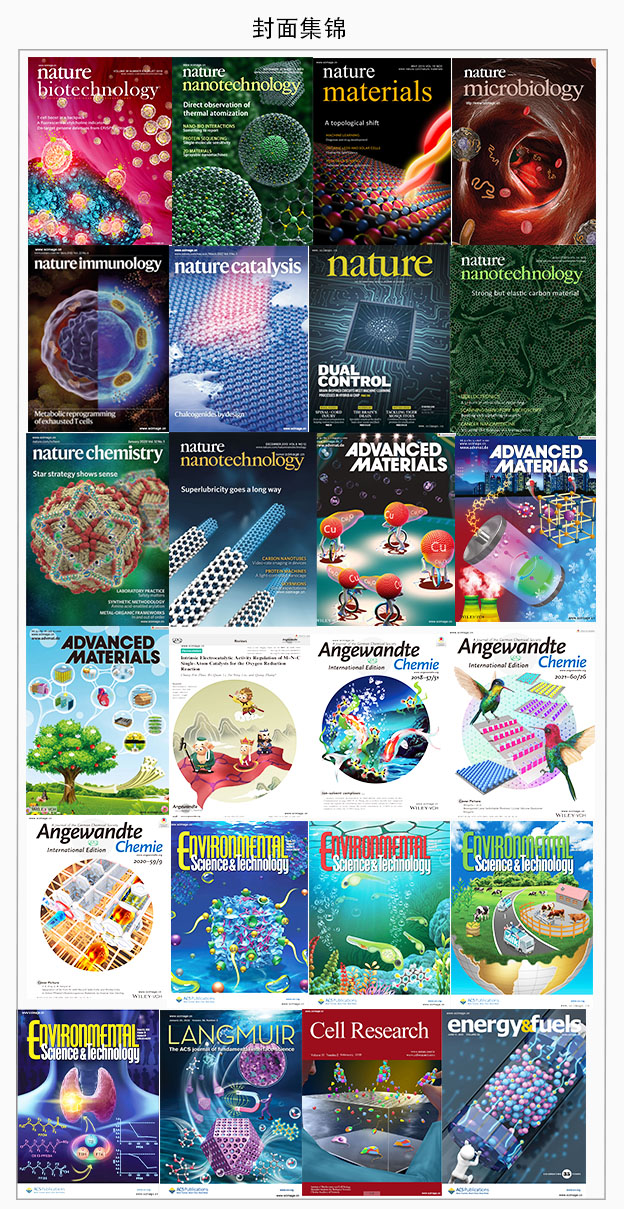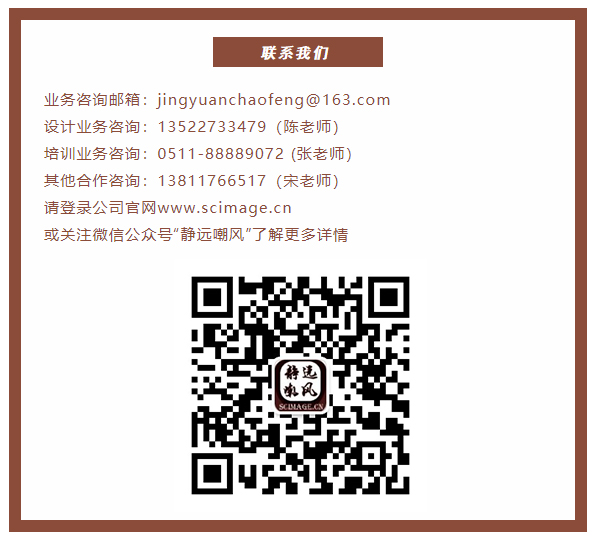博文
2024年1月嘲风作品集(一)
||
▲ Vol 03 Issue 01 | January , 2024
Mo-doped one-dimensional needle-like Ni3S2 as bifunctional electrocatalyst for efficient alkaline hydrogen evolution and overall-water-splitting
Junjie Huang , Yupeng Xing, Jinzhao Huang, Fei Li, Gang Zhao, Xingmin Yu, Binxun Li, Xinran Zhang
Hydrogen energy plays an important role in clean energy system and is considered the core energy source for future technological development owing to its lightweight nature, high calorific value, and clean combustion products. The electrocatalytic conversion of water into hydrogen is considered a highly promising method. An electrocatalyst is indispensable in the electrocatalytic process, and finding an efficient electrocatalyst is essential. However, the current commercial electrocatalysts (such as Pt/C and Ru) are expensive; therefore, there is a need to find an inexpensive and efficient electrocatalyst with high stability, corrosion resistance, and high electrocatalytic efficiency. In this study, we developed a cost-effective bifunctional electrocatalyst by incorporating molybdenum into nickel sulfide (Ni3S2) and subsequently tailoring its structure to achieve a one-dimensional (1D) needle-like configuration. The hydrogen production efficiency of nickel sulfide was improved by changing the ratio of Mo doping. By analyzing the electrochemical performance of different Mo-doped catalysts, we found that the Ni3S2-Mo-0.1 electrocatalyst exhibited the best electrocatalytic effect in 1 M KOH; at a current density of 10 mA cm−2, it exhibited overpotentials of 120 and 279 mV for hydrogen evolution reaction (HER) and oxygen evolution reaction (OER), respectively; at a higher current density of 100 mA cm−2, the HER and OER overpotentials were 396 and 495 mV, respectively. Furthermore, this electrocatalyst can be used in a two-electrode water-splitting system. Finally, we thoroughly investigated the mechanism of the overall water splitting of this electrocatalyst, providing valuable insights for future hydrogen production via overall-water-splitting.
https://www.sciencedirect.com/science/article/pii/S2772571523000487
▲ Vol 65 | January , 2024
Sandwich-structured anode enables high stability and enhanced zinc utilization for aqueous Zn-ion batteries
Xin Wang, Yumiao Tian, Konghua Yang, Chenhui Ma, Wenqiang Lu, Xiaofei Bian, Nan Chen, Heng Jiang, Yan Li, Xing Meng, Pengyue Gao, Dong Zhang, Fei Du
Constructing a current collector is a promising approach to modifying the zinc anode. However, most collectors exhibit top zinc deposition patterns, leading to unsatisfactory zinc utilization and instability. To address this issue, we have developed a new sandwich deposition approach in which a boron nitride layer (BN layer) is applied onto Cu foils as the current collector, which allows us to achieve the sandwich-structured anode (BN-Zn-Cu). Through experimental characterization and theoretical calculations, the deposition mechanisms of Zn2+ have been explored and verified. The insulating BN layer, the upper layer of the anode, acts as the protective barrier of deposited zinc and accelerates the transmission of zinc ions. The zincophilic Cu substrate, the bottom layer of the anode, promotes Zn deposition without dendrites. Under the synergistic effect of the BN layer and substrate, the sandwich-structured anode enables superior reversibility with 99.49 % coulombic efficiency over 700 cycles and realizes 66.7 % zinc utilization at 4 mAh cm−2. Moreover, the assembled BN-Zn-Cu||CNT/MnO2 cells display high stability with an average fading of 0.06 % per cycle for 600 cycles. Our work verifies the feasibility of sandwich-structured anodes in enhancing the performance of aqueous zinc-ion batteries, providing an innovative idea for the structural design of metal anodes.
https://www.sciencedirect.com/science/article/abs/pii/S2405829723004567
▲ Vol 13 Issue 01 | January , 2024
锂电池用参比电极的设计与应用
肖也, 徐磊, 闫崇, 黄佳琦
参比电极对于解析高安全、高性能锂电池内部物理化学过程具有重要意义。然而在科学研究及产品开发中,可靠参比电极的实际构建和集成仍具有挑战性。本文首先阐明锂电池用参比电极的原理和特性,进而梳理基本设计参数,包括活性材料选择、几何尺寸、制备工艺和检测设置。然后介绍了引入参比电极的三电极体系在锂电池工作/失效机制分析方面的应用实例。最后展望了开发和部署锂电池用参比电极的挑战和发展方向。
https://esst.cip.com.cn/article/2024/2095-4239/2095-4239-2024-13-1-82.shtml
▲ Vol 07 Issue 01 | January , 2024
Cation-Anion Redox Active Organic Complex for High Performance Aqueous Zinc Ion Battery
Lilin Zhang, Yining Chen, Zongyuan Jiang, Jingwei Chen, Cong Wei, Wenzhuo Wu, Shaohui Li, Qun Xu
Organic redox compounds are attractive cathode materials in aqueous zinc-ion batteries owing to their low cost, environmental friendliness, multiple-electron-transfer reactions, and resource sustainability. However, the realized energy density is constrained by the limited capacity and low voltage. Herein, copper-tetracyanoquinodimethane (CuTCNQ), an organic charge–transfer complex is evaluated as a zinc-ion battery cathode owing to the good electron acceptation ability in the cyano groups that improves the voltage output. Through electrochemical activation, electrolyte optimization, and adoption of graphene-based separator, CuTCNQ-based aqueous zinc-ion batteries deliver much improved rate performance and cycling stability with anti-self-discharge properties. The structural evolution of CuTCNQ during discharge/charge are investigated by ex situ Fourier transform infra-red (FT-IR) spectra, ex situ X-ray photoelectron spectroscopy (XPS), and in situ ultraviolet visible spectroscopy (UV–vis), revealing reversible redox reactions in both cuprous cations (Cu+) and organic anions (TCNQx-1), thus delivering a high voltage output of 1.0 V and excellent discharge capacity of 158 mAh g−1. The remarkable electrochemical performance in Zn//CuTCNQ is ascribed to the strong inductive effect of cyano groups in CuTCNQ that elevated the voltage output and the graphene-modified separator that inhibited CuTCNQ dissolution and shuttle effect in aqueous electrolytes.
https://onlinelibrary.wiley.com/doi/10.1002/eem2.12507
<静远嘲风动漫传媒科技中心>设计制作

购书链接:
☆科学的颜值:学术期刊封面故事及图像设计
https://item.jd.com/12802188.html
☆科技绘图/科研论文图/论文配图设计与创作自学手册:CorelDRAW篇
https://item.jd.com/13504674.html
☆科技绘图/科研论文图/论文配图设计与创作自学手册:Maya+PSP篇
https://item.jd.com/13504686.html
☆科技绘图/科研论文图/论文配图设计与创作自学手册:科研动画篇
https://item.jd.com/13048467.html#crumb-wrap
☆SCI图像语法-科技论文配图设计使用技巧
https://item.jd.com/10073529532924.html?bbtf=1


静远嘲风(MY Scimage) 成立于2007年,嘲风取自中国传统文化中龙生九子,子子不同的传说,嘲风为守护屋脊之瑞兽,喜登高望远;静远取自成语“宁静致远”,登高莫忘初心,远观而不可务远。


学习更多绘图教程关注:


https://m.sciencenet.cn/blog-519111-1425922.html
上一篇:重磅! Nature Materials报道南邮重大突破:智能DNA纳米机器实现精准血栓治疗
下一篇:2024年1月嘲风作品集(二)



